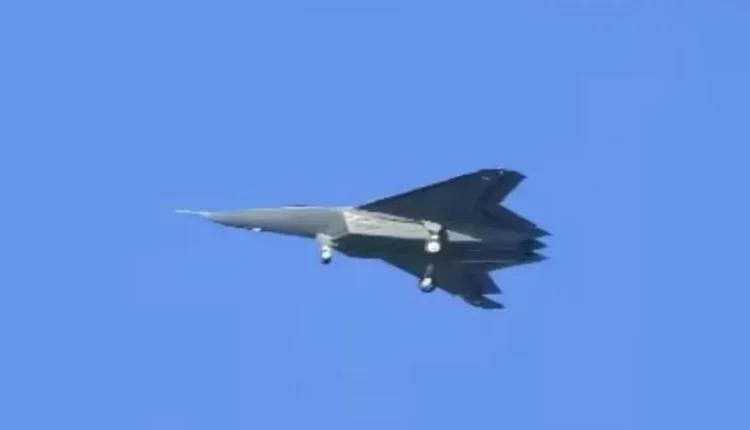©2021 Reporters Post24. All Rights Reserved.
China’s efforts to modernize its aerospace capabilities improved when a senior defense engineer confirmed that a new artificial intelligence tool, DeepSeek, is helping to develop the country’s latest sixth-gen J-35, J-50 stealth fighters combat aircraft.
The revelation, disclosed by Wang Yongqing, chief designer at the Shenyang Aircraft Design Institute, highlights a strategic turn toward AI-driven innovation within China’s military-industrial complex.
DeepSeek for next-gen stealth fighters
Speaking to the state-owned Chinanews.com, Wang stated that his engineering teams have begun systematically incorporating DeepSeek, a Chinese-developed large language model, into the development cycle of new-generation warplanes.
The move represents a deliberate effort to harness AI not merely for automation, but as a conceptual co-pilot in resolving complex, high-stakes design and systems integration challenges.
Wang explained that his teams have done a lot of research on how large language models (LLMs), like DeepSeek, can be used. He highlighted that these models can speed up analysis and provide new solutions to technical problems.
“This technology is already demonstrating considerable operational value,” he said, “providing novel methodologies and pathways for future aerospace R&D.”
Wang has nearly four decades of experience at the Shenyang Aircraft Design Institute, a subsidiary of the state-owned Aviation Industry Corporation of China (AVIC).
Under his leadership, the institute has played a central role in developing China’s frontline multirole fighters, including the carrier-based J-15 “Flying Shark” and the next-generation J-35 stealth platform, manufactured by Shenyang Aircraft Corporation.
Wang emphasized that artificial intelligence is not merely a peripheral tool but is being embedded into core workflows.
He cited the automation of time-intensive verification and review procedures as one example, allowing senior engineers to redirect cognitive resources toward high-priority problem-solving and systems architecture.
“This is not only a technical enhancement; it is indicative of the strategic trajectory for aerospace innovation,” he asserted.
China’s J-35, J-50
Wang confirmed ongoing development of multipurpose J-35 variants featuring dual air-sea operational capability, stating that progress is “advancing steadily by established plans.”
The platform is widely expected to play a key role in People’s Liberation Army Air Force (PLAAF) and Navy operations, further narrowing the technological gap with Western stealth fighters.
Concurrently, visual evidence suggests that China has intensified flight testing of what are presumed to be sixth-generation combat aircraft, speculatively labeled J-36 and J-50 in defense circles.
Unverified images and footage circulated on Chinese social media platforms depict prototype airframes exhibiting advanced stealth geometries and potentially directed-energy integration, though official confirmation remains absent.
The deployment of DeepSeek AI in the defense sector reflects a broader national trend.
Developed by a Hangzhou-based laboratory, DeepSeek gained international attention earlier this year after launching a cost-competitive LLM that reportedly rivaled and outperformed US counterparts in some metrics, according to SCMP.
The model’s accessibility and performance prompted rapid uptake across civilian and state sectors, ranging from educational institutions and healthcare systems to municipal administrations and strategic defense enterprises.
China’s adoption of homegrown LLMs like DeepSeek in high-security applications indicates a maturing domestic AI ecosystem.
As geopolitical competition extends into algorithmic and autonomous warfare domains, integrating AI into defense R&D signals Beijing’s intent to stay competitive in kinetic capabilities, cognitive warfare, and systems superiority.


